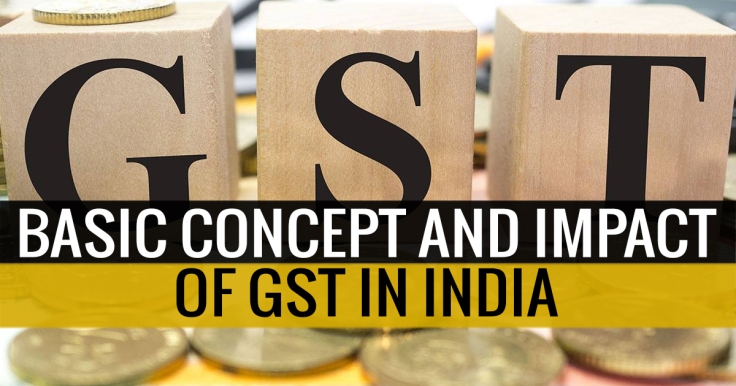According to the mentioned information, Here are some basic concept of GST in which it says that all intrastate supply would be summoned under GST, Benefits and disadvantages of GST and Difference Between Present Tax Structure and GST Structure and GST’s Impact on Various Sectors.
Recommended: GST Forms: Return Filing, Rule, Registration, Challan, Refund, Invoice
About GST :-
- GST Stands for Good and Services Tax that is an essential regime for India.
- GST is one indirect tax for the entire nation,which will make India one integrate common market.
- GST is a single tax on the supply of goods and services, right from the manufacturer to the consumer.
- GST is a single indirect tax that combines various indirect taxes as Service tax, Central Excise tax, customs tax, VAT tax etc.
The Benefits of GST:-
- It removes several taxes.
- It produces India as the only single market.
- It taxes goods and services at the same rates so several debates are eliminated on the tax matter.
- It decreases taxes on manufacturers. Hence it increases their business and makes them more competitive at national and international level.
Read Also: GST Benefits for Startups in India
The Disadvantages of GST:-
- The Tax on services would go up considerably from 14% to 20%
- Tax on retails Market would be nearly double.
- Imported goods would be taxed at towering rate of around 6%
- There are some retail products where the Tax rate is only 4 percent but with GST it will be costlier like Garments and clothes.
Difference Between Present Tax Structure and GST Structure:-
Broad scheme:- There are Distinct laws for separate collect. For e.g. Central Excise Act, 1944, respective State VAT laws,Excise Duty.
There will be only one such law because GST shall subsume Diverse taxes as specified above.
Tax rates:- There are separate rates. For e.g. Excise 12.36% and Service Tax 14% and Vat Tax 5% etc. All states will have one CGST rate and a uniform rate of SGST.
Cascading effect:- This Problem emerges because the credit of CST and many other taxes not allowed. This situation will not emerge as CST concept is being eliminated with the introduction of IGST.
GST Impact on Various Sectors:
GST Impact on Gross Domestic Product (GDP) in India
The same will decrease the cost of the transaction. In a survey, it was found that 10-11 types of taxes levied on the road transport businesses. So the GST will be helpful to decrease transportation cost by eliminating other taxes. In a research done by NCAER, it was proposed that GST would be the key revolution in Indian Economy and it could increase the GDP by 0.9 to 1.7 percent.
GST Impact on Real Estate Sector in India.
The impact of GST on real estate in terms of outflow for developer & consumer will depend on the eventual rate of GST. Most important thing is to know what will be the final rate of GST because if the rate is higher than the actual one, then it will increase the final cost of buying the flats/home. GST brings limpidity in the functioning of real estate sector, the overall hike in the price for new residential properties could be lower than that for new commercial properties.
GST Impact on E-commerce Sector in India.
Currently, the federated indirect tax structure with different tax structures in diverse states has led to confusion and unpredictability on the tax investigation of online marketplaces and aggregators. It is felt that having clear and explained laws will help remove the evasion that currently exists in this sector and insulate such operators from ad hoc laws and capricious levies imposed by State governments.
To this end, the Model GST Law has incorporated a different chapter on e-commerce transactions. Although, the proposed Model GST Law may result in higher consent challenges for the e-commerce sector and open up another point at issue that would require further clarity and certainty.

Leave a comment